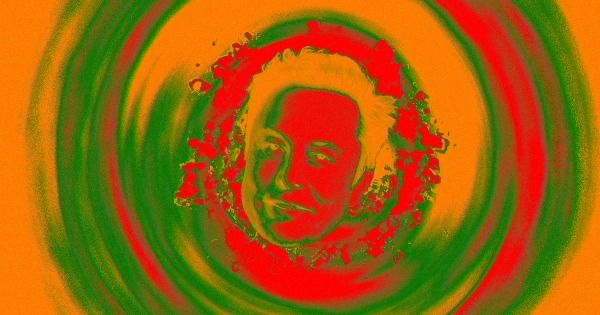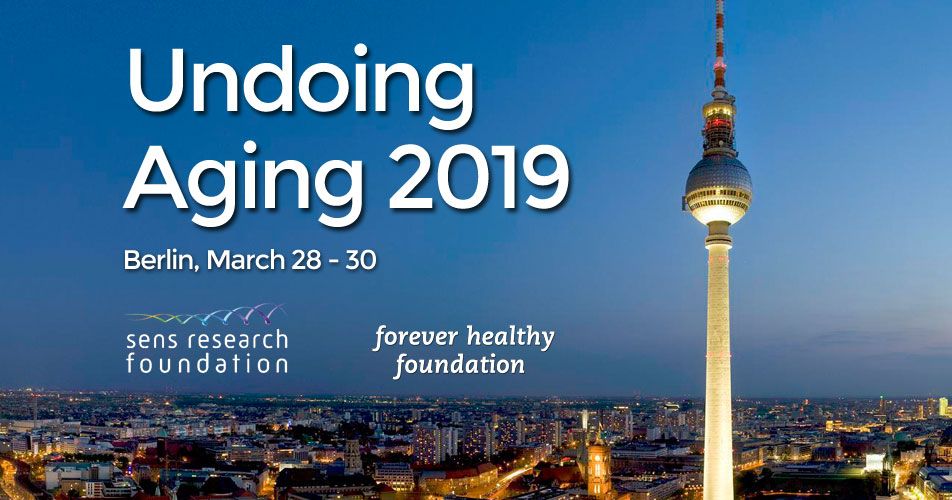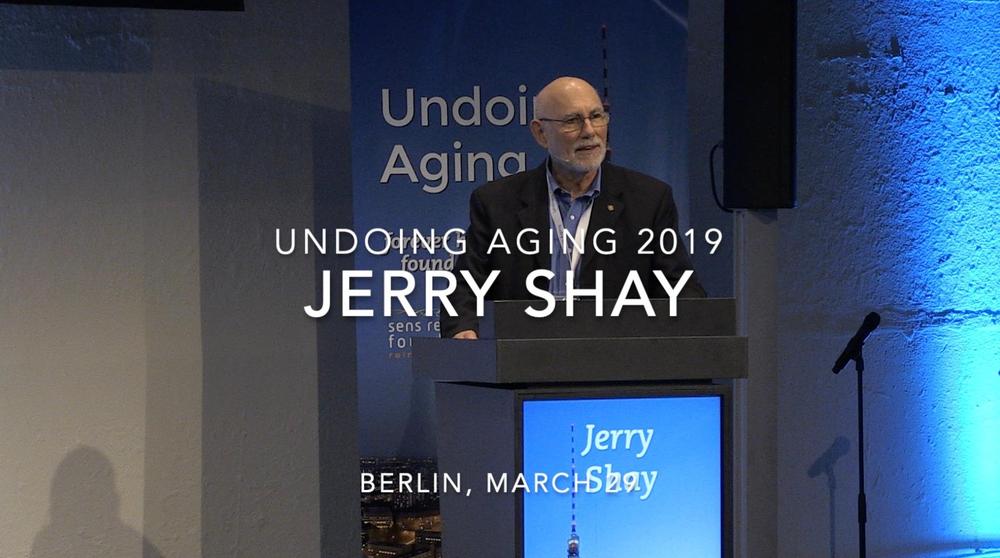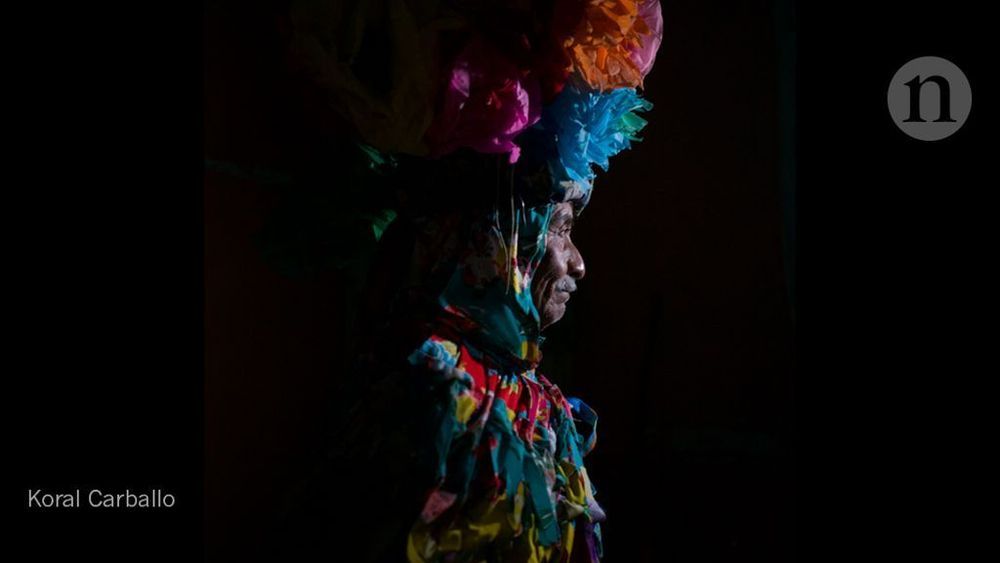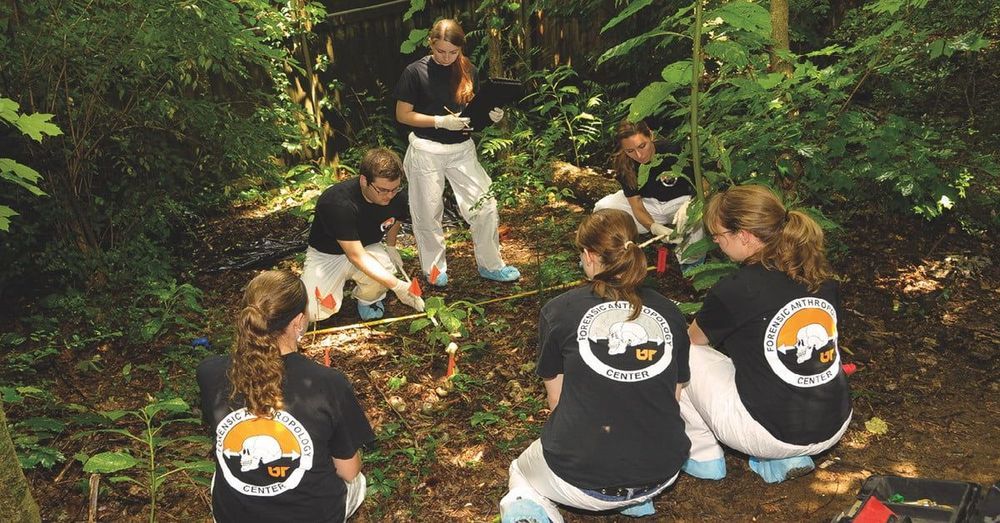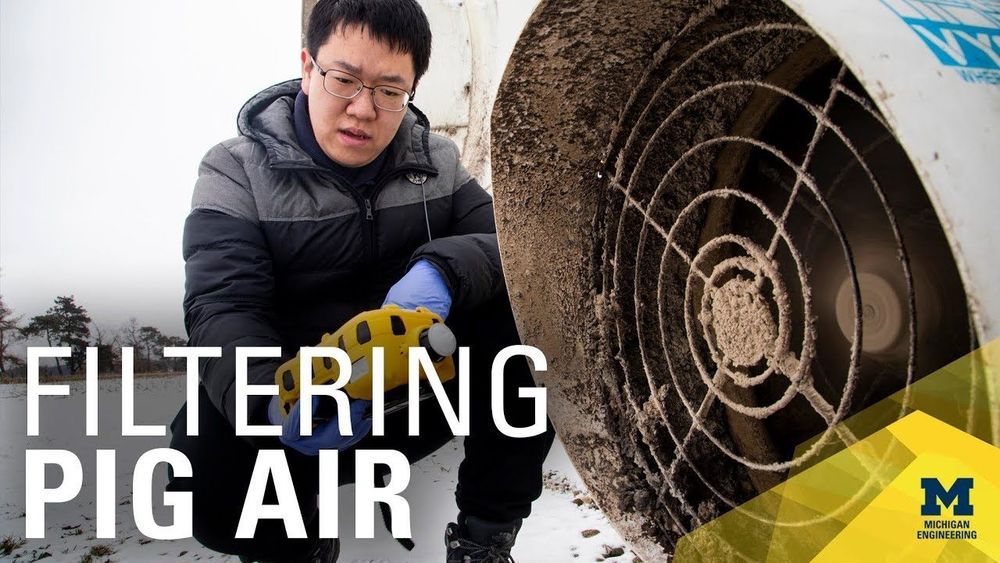Apr 17, 2019
Elon Musk’s Question for Super-Smart AI: What’s Outside the Simulation?
Posted by Genevieve Klien in categories: Elon Musk, robotics/AI, singularity
“The singularity for this level of the simulation is coming soon,” Musk replied to a tweet by the official Twitter account of the television show Rick and Morty in 2017. “I wonder what the levels above us look like.”
READ MORE: Elon Musk Reveals the One Question He Would Ask a Human-Level A.I. [Inverse]
More on the simulation hypothesis: MIT Prof: It’s More Likely We’re Living in a Simulation Than Not.
Continue reading “Elon Musk’s Question for Super-Smart AI: What’s Outside the Simulation?” »
